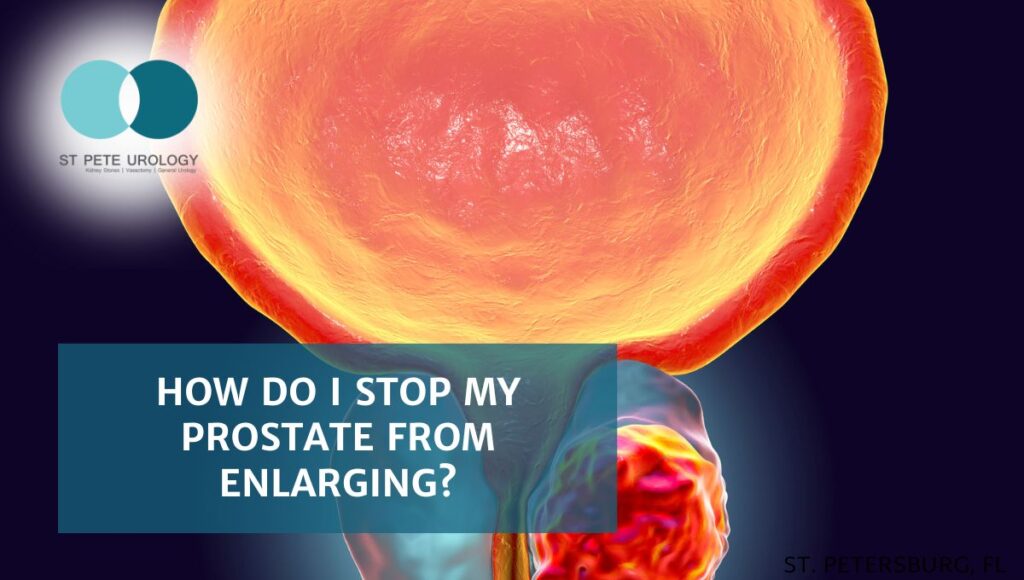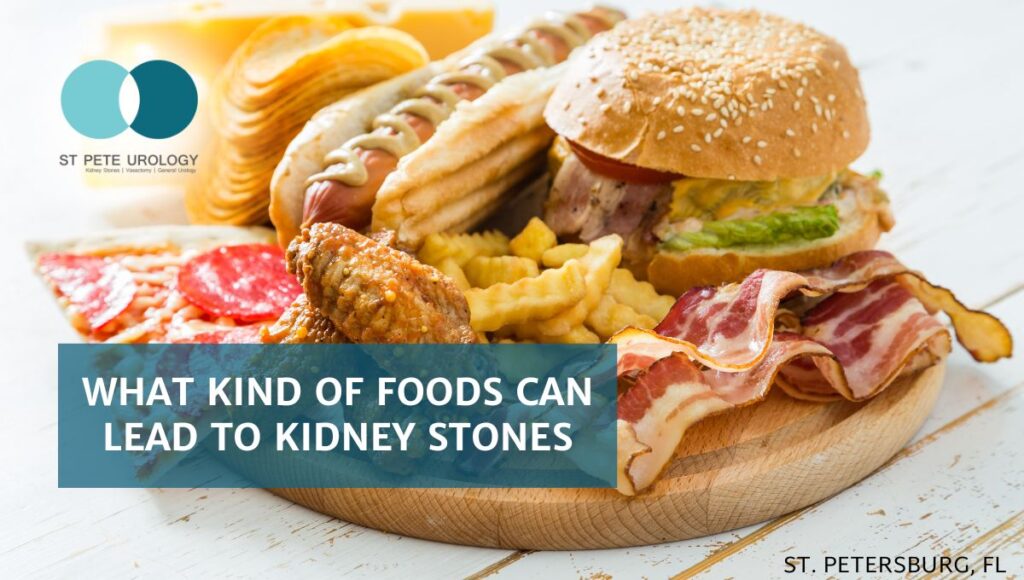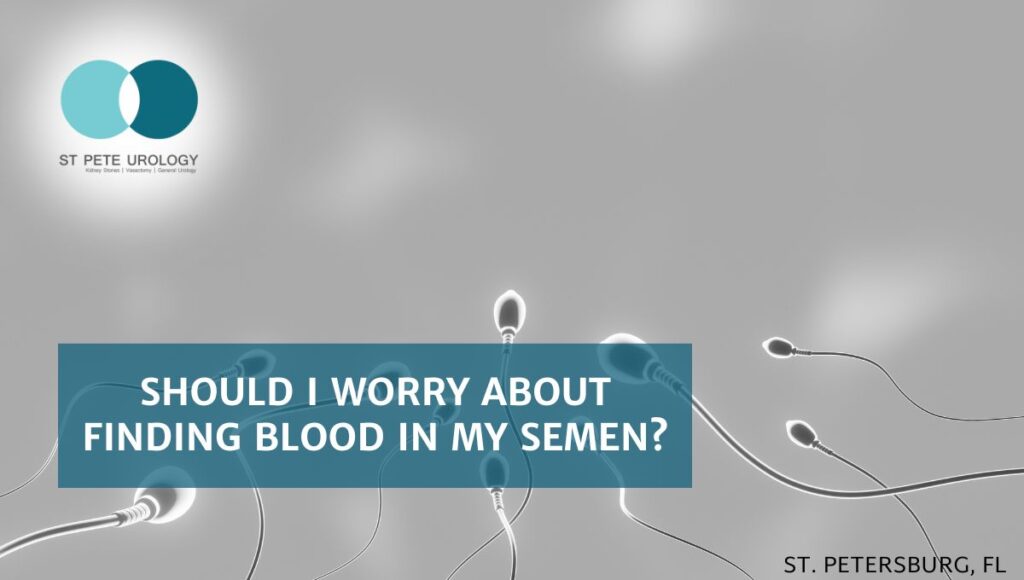Kidney stones can be treated in a number of ways, depending on the cause, size and location of the stones. The treatment and management of kidney stones also depend on your overall comfort level, any complications related to the stones and on your other medical problems. Most kidney stones are small (4mm or less in diameter) and can be passed in urine with the help of medications. The medications are used to keep you comfortable as the stones pass naturally through your urinary tract, with the passage of a stone taking a few days to a few weeks. Larger kidney stones are associated with severe symptoms and may not pass without a medical expulsive procedure.
What should you do with small kidney stones?
Most small kidney stones (4mm or less in diameter) can pass through the urinary tract and out of the body without invasive treatment. To pass such a small stone, you should:
- Drink plenty of water: Drinking 2-3 liters of water every day will help to flush out a kidney stone. Unless your doctor says otherwise, make sure to increase your daily fluid intake (mostly water) to increase the rate of passage of any stones you may have.
- Use pain relievers: As a kidney stone passes through your urinary tract, it will cause some discomfort. For mild pain, your doctor may recommend over-the-counter medications such as ibuprofen, acetaminophen or naproxen sodium. For severe pain, Ketorolac or narcotics may be recommended.
- Medications to increase passage rate: To reduce the time required to pass a kidney stone naturally, your urologist may prescribe medications called alpha blockers (such as tamsulosin) or calcium channel blockers (such as nifedipine) to relax ureter muscles and help you to pass the kidney stone quickly and with minimal pain.
What should you do with larger kidney stones?
Larger kidney stones cannot be treated effectively with conservative measures. Likewise, a kidney stone that is lodged in an area of the urinary tract or that has moved into the ureter and is causing severe pain, bleeding or urinary tract infections may require more extensive treatment. When diagnosed with such a kidney stone, the doctor will recommend that you be admitted to hospital for treatment.
Extensive medical treatment is generally necessary if:
- You have a higher risk of kidney failure, especially if you have only one kidney.
- Your symptoms are not improving within an hour after taking painkillers or anti-nausea medication.
- You are pregnant.
- You are dehydrated and vomiting too much fluid.
- You are over 60 years of age.
Larger kidney stones (6mm in diameter or more) usually require treatment to remove them. The methods used to remove such stones include extracorporeal shock wave lithotripsy (ESWL), ureteroscopy, percutaneous nephrolithotomy and open surgery. The type of treatment given will depend on the size and location of the stone.
Types of Treatment
1. Extracorporeal shock wave lithotripsy (ESWL)
This is the most commonly used method of removing kidney stones that cannot be passed in urine. The procedure involves application of ultrasound (high frequency sound waves) to identify the location of a stone with more precision. Ultrasound shock waves are then directed at the stone from a machine, breaking down the stone into smaller pieces that can easily pass in urine. ESWL is an uncomfortable procedure and is therefore performed under painkilling medication. More than one session may be necessary for the procedure to successfully treat kidney stones, but ESWL is known to have up to 99 percent efficacy for stones of 20mm or less in diameter.
2. Ureteroscopy
For kidney stones that are stuck in the ureter, the urologist may have to use a ureteroscope (a long, thin telescope) to reach and remove the stones. The thin lighted tube is fitted with a camera to help pinpoint the location of a stone with utmost precision. During the procedure, the ureteroscope is passed through the urethra and bladder into the ureter and to the place where the stone is stuck.
Once the stone is reached, it can be snared or broken down into smaller pieces using laser energy so that the pieces can then pass naturally in urine. Or the doctor may use another instrument to remove the stone without breaking it. Since ureteroscopy is performed under general anesthesia, you will not be able to drive or operate machinery for up to 48 hours after the procedure. Ureteroscopy is highly effective for stones 15mm or less in diameter, but a plastic tube known as stent may be inserted temporarily into your bladder to help drain stone fragments.
3. Percutaneous nephrolithotomy (PCNL)
PCNL is an alternative procedure that is effective for larger kidney stones. It can be used when ESWL is not suitable, such as when the person being treated is obese. Percutaneous nephrolithotomy involves using a thin telescopic device called a nephroscope. The doctor performs the procedure by making a small incision at the back and then passes the nephroscope through the hole into the kidney. Using the nephroscope, the stone is either pulled out or broken down into smaller pieces using pneumatic or laser energy. The procedure is performed under general anesthesia and is 86 percent effective for kidney stones that are 21-30mm in diameter.
4. Open surgery
Nowadays, the use of open surgery for kidney stones is very rare and only performed in less than 1 percent of cases. In fact, open surgery is only recommended when a kidney stone is extremely large or when there is abnormal anatomy in the affected section of the urinary tract. For instance, open surgery may be necessary if the kidney stones (such as calcium phosphate stones) are caused by an overactive parathyroid gland (hyperthyroidism). Removing a tumor that is causing the parathyroid glands to produce excess parathyroid hormone and hence increased calcium levels in the body also may be necessary to treat some kidney stones. During open surgery, the urologist makes an incision in your back and uses the incision to reach the ureter, bladder and kidney. The stone is then removed from its location.
Preventing future kidney stones
After your kidney stones are treated, the doctor will assess your risk of kidney stones and recommend preventive measures. Generally, the formation of kidney stones is prevented using a combination of lifestyle changes and medications.
1. Lifestyle changes
Lifestyle changes that reduce the risk of kidney stones include:
(a) Drinking plenty of water throughout the day: If you have a history of kidney stones, drinking plenty of water (2-3 liters per day) will significantly reduce your risk of having stones in future. You may have to drink even more water if you live in a hot and dry climate. To know that you are drinking enough water, check if your urine is light and clear.
(b) Reduce the quantity of oxalate-rich foods: If you have previously suffered from calcium oxalate stones, then you can reduce your risk of stones in future by scaling down your consumption of foods rich in oxalates. You may have to cut down on your intake of spinach, sweet potatoes, tea, nuts, okra, beets, rhubarb, Swiss chard, soy products and black pepper.
(c) Reduce amount of salt and animal protein in your diet: To avoid kidney stones in future, reduce your salt intake and minimize animal protein in our diet. It is advisable that you use a salt substitute (such as Mrs. Dash) and take non-animal proteins (such as legumes).
(d) Use calcium supplements with caution: Calcium-rich foods will not increase your risk of kidney stones so you can continue eating them unless your doctor says otherwise. However, calcium supplements can increase the risk of kidney stones and should be taken with caution and only after speaking with a doctor or a dietitian.
2. Medications
Certain medications are effective in controlling the quantity of salts and minerals in urine and hence helpful in preventing the formation of stones. However, the type and effectiveness of such medications depend on the type of stone you are have. For calcium stones, thiazide diuretics and phosphate-containing preparations are effective. Allopunirol and alkalizing agents are effective for uric acid stones, small doses of antibiotics can eliminate bacteria and prevent struvite stones, while cystine-reducing medications can prevent cystine stones.
At St Pete Urology, we have established an integrated and multidisciplinary diagnosis, treatment and management program for kidney stones. By bringing together a diverse team of professionals including urologists, nephrologists, clinical nurse specialists, radiologists, nutritionists and other healthcare specialists, we ensure that our patients receive the most compassionate, comprehensive and effective treatment. We offer both surgical and non-surgical treatments with very high success rates. For more help and information on the treatment of kidney stones, visit St Pete Urology’s website.





